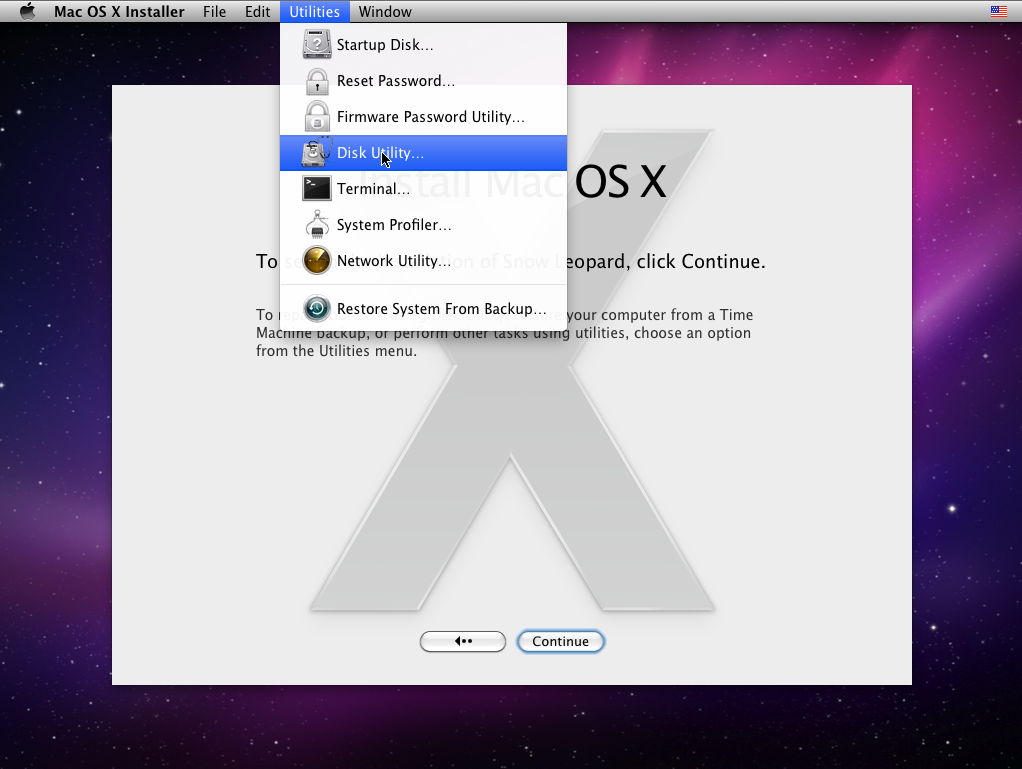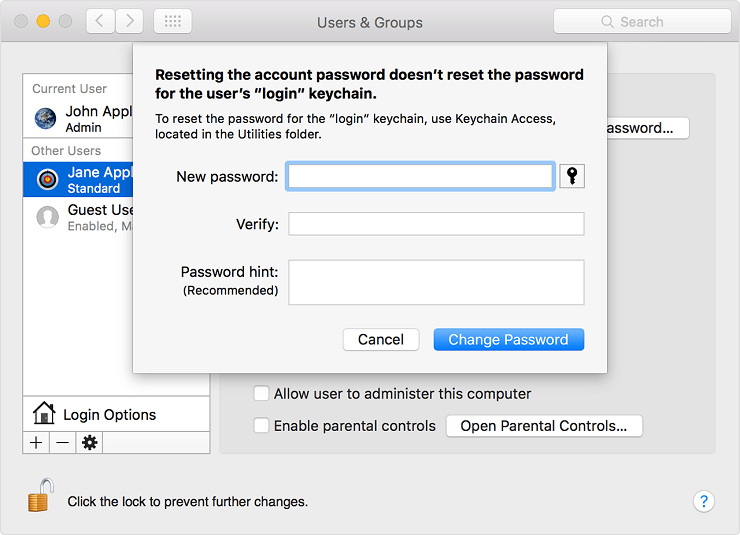
When the OS X Utilities screen appears, click on the Utilities menu in the menu bar and select Firmware Password Utility. To create a firmware password, you will need to reboot your Mac and enter Recovery Mode by holding down Command-R when it begins to boot up.

A firmware password is a hardware-based encryption tool that requires a password when booting to Recovery Mode or from an external drive. While this keeps your files from prying eyes, it certainly doesn't prevent a thief from happily using your Mac after a fresh install of OS X. Firmware PasswordĮven with your files encrypted with FileVault, someone could grab your laptop, enter Recovery Mode and wipe your hard drive clean and start fresh. You can still use your Mac while FileVault works in the background, though its performance may be a bit sluggish. If you choose the latter, you will be asked to create three security Q&As - three hoops to jump through should you need to ask Apple for your recovery key in the future.Īfter a restart, FileVault will begin to encrypt the files on your drive. Alternatively, you can store it with Apple. Be sure to keep this recovery key in a safe spot. You'll get a recovery key, which you'll need if you want to reset your password. Next, click the Turn On FileVault button.

To enable FileVault, click the lock in the lower-left corner to unlock it and enter your admin name and password. To check to see if you are using FileVault, open System Preferences, click Security & Privacy, and then click the FileVault tab. When you installed Yosemite, one of the setup screens asked if you wanted to enable this utility. If you are using OS X Yosemite, then you are likely already using FileVault. FileVault Disk EncryptionįileVault encrypts the data on your Mac so unauthorized users can't access your files. The hardware tool is a firmware password you can set in Recovery Mode. The software tool is a utility called FileVault, which you may already be using. One is a software-based encryption tool, and the other is a hardware-based encryption tool, both of which are built-in utilities of OS X.

Thankfully, there two precautions you can take to protect yourself and your Mac from intruders. It's possible to reset a password by booting into Recovery Mode or from an external drive. A nefarious individual could purloin your Mac and bypass your user account password in order to access your data or wipe your system clean and begin using it as their own.


 0 kommentar(er)
0 kommentar(er)
